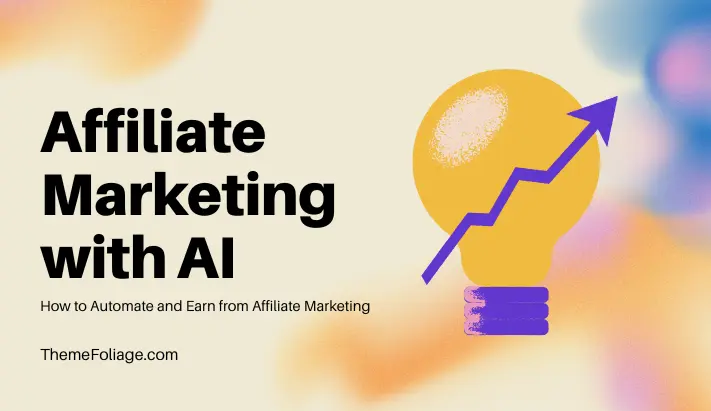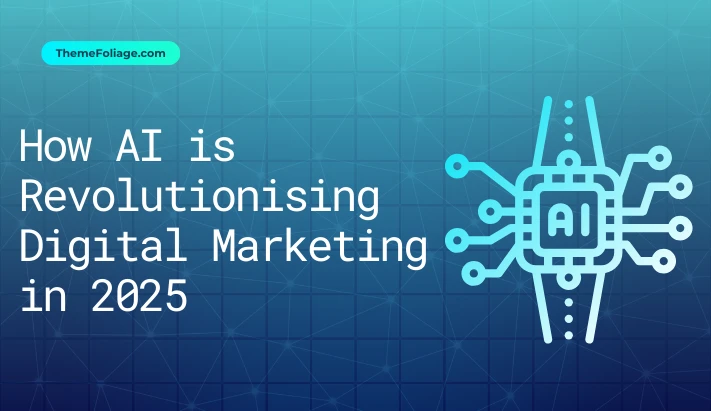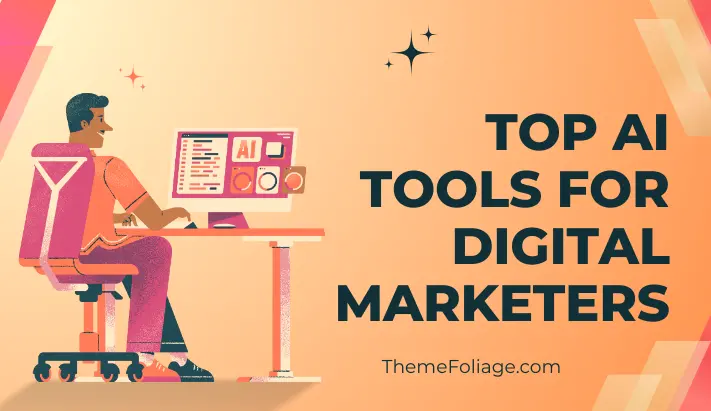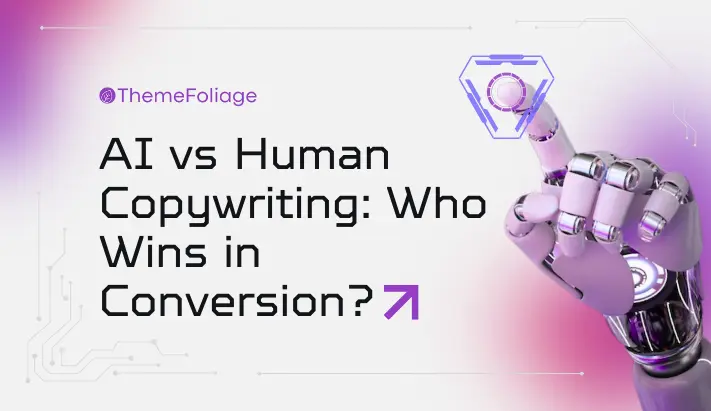Affiliate marketing has always been about strategy, timing, and content. But in 2025, the game has changed. It’s now about automation, and AI is the MVP.
Whether you’re a solo blogger, a YouTuber, or managing multiple funnels, AI can help you:
- Write reviews and listicles faster
- Optimize for SEO
- Track conversions in real time
- Automate email sequences
- Scale across multiple platforms
Let’s break down how to build an AI-powered affiliate marketing system that earns while you sleep.
Why AI Is a Game-Changer for Affiliate Marketers
Affiliate marketers have traditionally spent hours on repetitive tasks: writing reviews, formatting blog posts, tracking links, and creating email campaigns. AI eliminates much of that grind.
With the right stack, AI can:
- Generate product reviews and comparison posts in minutes.
- Track CTRs and conversions with AI-powered dashboards.
- Personalize content for different audiences.
- Automate email sequences and retargeting ads for hands-free nurturing.
The result? More content, better targeting, and higher commissions.
Step 1: Build Your Affiliate Content Engine
The backbone of affiliate marketing is content—and AI helps you produce more, faster, without sacrificing quality.
Tools to Use:
- Jasper.ai: Generate reviews, tutorials, and landing pages.
- Copilot (Microsoft/Notion AI): Create outlines, headlines, and meta descriptions.
- Surfer SEO: Optimize for keywords, readability, and search intent.
- NeuronWriter: Analyse competitors and strengthen topical authority.
Workflow:
- Research keywords with LowFruits or Ubersuggest.
- Generate a draft review with Jasper or Copilot.
- Optimize with Surfer SEO for better rankings.
- Schedule and publish through WordPress or your CMS.
Pro Tip: Use AI to generate multiple versions of a single review. For example:
- “Best AI Tools for Bloggers”
- “Best AI Tools for Small Businesses”
- “Best AI Tools for ecommerce Owners”
Same product → tailored to multiple audiences.
Step 2: Automate Your Funnel with Systeme.io
A content engine is great, but without a funnel, traffic leaks away. Systeme.io makes it easy to build AI-powered affiliate funnels.
Use Cases:
- Build landing pages for affiliate products.
- Set up email sequences with AI-written copy.
- Track conversions and upsells automatically.
AI Integration Workflow:
- Jasper: Write email sequences and CTAs.
- ChatGPT: Generate lead magnets (ebooks, checklists, mini-courses).
- Zapier: Connect Systeme.io with your blog, CRM, and analytics.
Example Funnel:
- Blog post
- CTA to download free guide
- Email sequence
- Affiliate product pitch
- Retargeting ad for non-buyers
This funnel works in the background, converting casual readers into commissions.
Step 3: Track Performance with AI Analytics
You can’t scale what you don’t measure. AI-powered analytics turn raw data into actionable insights.
Tools to Try:
- Google Looker Studio: Visualize clicks, conversions, and ROI.
- Hotjar: Analyse how users behave on affiliate pages.
- Plausible Analytics: Lightweight, privacy-friendly tracking.
Key Metrics to Track:
- CTR on affiliate links
- Conversion rate by traffic source
- Bounce rate on review pages
- Email open & click rates
Pro Tip: Use AI to flag underperforming posts and recommend updates.
Example: if an old review is dropping in rankings, AI can suggest fresh angles, FAQs, or keywords.
Step 4: Personalize Content with AI
Generic reviews won’t cut it in 2025. AI makes personalization scalable.
Personalization Examples:
- Niche-based reviews: “Best AI Tools for Bloggers” vs. “Best AI Tools for Enterprise Teams”
- Dynamic recommendations: Different product CTAs based on location, device, or user behaviour.
- Custom emails: Personalized subject lines and CTAs that adjust based on previous clicks.
Tools for Personalization:
- Sender.net: AI-powered personalization for emails.
- RightMessage: On-site personalization tailored to user segments.
- ChatGPT: Generate alternate content versions instantly.
When readers feel like the content speaks directly to them, they click and convert at much higher rates.
Step 5: Repurpose & Scale Your Content
Why stop at one channel when AI can multiply your reach? Repurposing ensures your content works harder for you.
Repurposing Ideas:
- Blog post → Instagram carousel
- Review → YouTube script
- Comparison table → LinkedIn infographic
- CTA → Email sequence
Tools to Repurpose Content:
- Ocoya: AI social media scheduling + caption generation.
- Lumen5: Convert blog posts into short videos.
- Canva AI: Design visuals, infographics, and social graphics.
Pro Tip: Manage the entire repurposing workflow in ClickUp or Notion AI, so your campaigns run smoothly across platforms.
Real-World Example: AI Affiliate Blog in Action
A blogger built a funnel around AI writing tools using Jasper + Systeme.io.
What they did:
- Published 3 reviews targeting long-tail keywords.
- Created a lead magnet: “Top 5 AI Tools for Bloggers.”
- Built an AI-generated email sequence with Jasper.
- Repurposed reviews into YouTube shorts and LinkedIn posts.
Results in 30 days:
- $1,200 in affiliate commissions.
- 800+ new email subscribers.
- SEO rankings for 6 long-tail keywords.
This shows how a lean AI-powered system can quickly turn into recurring revenue.
Final Thoughts
Affiliate marketing in 2025 isn’t about working harder—it’s about working smarter with AI.
With the right AI stack, you can:
- Build a content engine that runs at scale.
- Automate funnels with Systeme.io and Zapier.
- Track and personalize content with AI analytics.
- Repurpose content across platforms without burning out.
The affiliate marketers who thrive in 2025 won’t be the ones who write the most reviews. They’ll be the ones who build AI-powered systems that run while they sleep.



